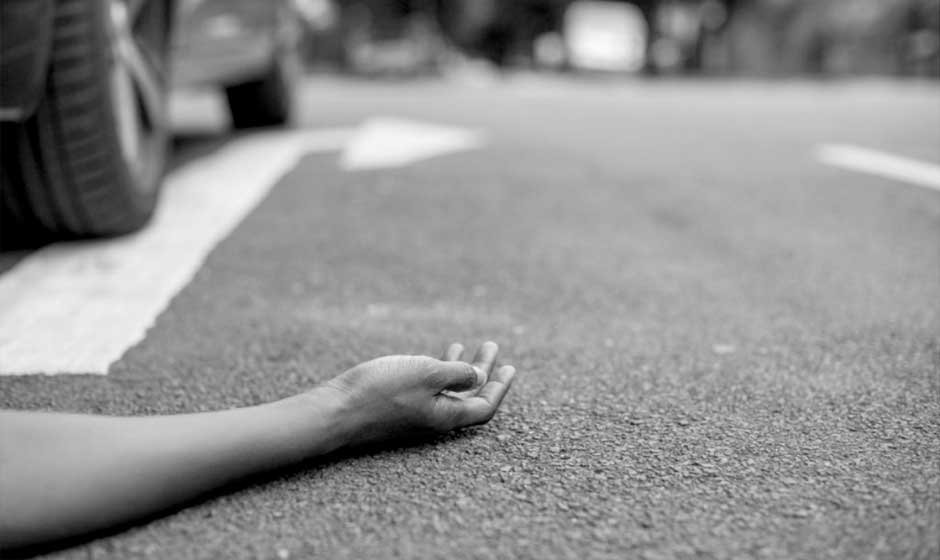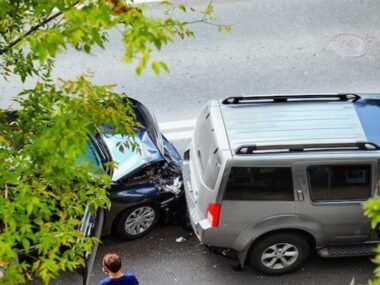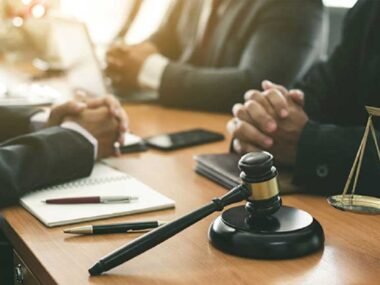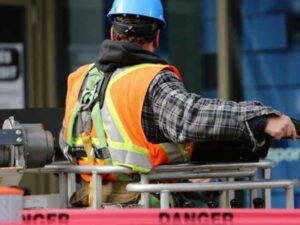Busy streets are full of activity every day, filled with drivers and pedestrians who each play a role in keeping traffic flowing safely. In large cities, these interactions often become risky, sometimes resulting in unexpected collisions. For example, Atlanta, GA, a vibrant city of over 498,000 residents, thrives on transportation, entertainment, and commerce.
Known for its lively streets and steady stream of commuters, Atlanta witnesses incidents where fault lies on both sides. In such situations, those involved often seek the assistance of a pedestrian accident lawyer in Atlanta, GA, to navigate the aftermath. When both the driver and pedestrian share responsibility, confusion sets in fast.
People find themselves asking difficult questions, worrying about blame, legal steps, and possible outcomes. Each moment after the accident feels crucial, making it essential to take swift and informed action. This article breaks down exactly what happens if both the driver and pedestrian hold fault in an accident, offering straightforward answers and practical guidance.
Shared Fault in Accidents: How Responsibility Splits
When both a driver and a pedestrian hold fault in an accident, the outcome depends on how fault is assigned. Many states follow a system called comparative negligence. This rule reduces the compensation based on each party’s share of fault. For example, if the pedestrian holds 30% of the blame, their compensation lowers accordingly.
Some states apply a modified version of this rule. In those cases, a party who holds more than 50% of the fault receives nothing. The threshold varies slightly in different places, but the principle remains simple: only those with less than a particular share of fault recover damages.
Key Factors That Influence Fault
Several actions from both sides cause shared responsibility in accidents. Drivers might speed, ignore signals, or drive distracted. Pedestrians might jaywalk, cross outside marked areas, or step into traffic without checking for oncoming vehicles.
Investigators examine everything, from surveillance footage to eyewitness accounts, to decide who is at fault. The location of the accident, weather, visibility, and timing all play significant roles in this assessment.
How Fault Gets Determined
Police officers at the scene usually draft a report, which influences fault decisions. Insurance companies also review the facts carefully. They may look at phone records, traffic light patterns, and any available video evidence.
Each side presents its case, sometimes through legal representatives. Investigators review every detail, assigning percentages of fault based on the evidence.
Legal Implications of Shared Fault
Once fault splits, the law determines the next steps. In many cases, both parties must cover their respective shares of medical costs, lost wages, and damages. This means that no single party carries the full burden of responsibility.
Courts and insurance providers rely on the percentage of fault assigned to each party to settle claims. Even if both sides contributed to the crash, they both remain accountable for their portion of the harm caused.
In summary, fault rarely rests with only one party in many accidents. When both a driver and a pedestrian contribute to a crash, shared responsibility shapes the outcome. Fault percentages determine how much compensation each person receives or owes. Investigators, insurance companies, and courts all weigh the facts before making decisions.










